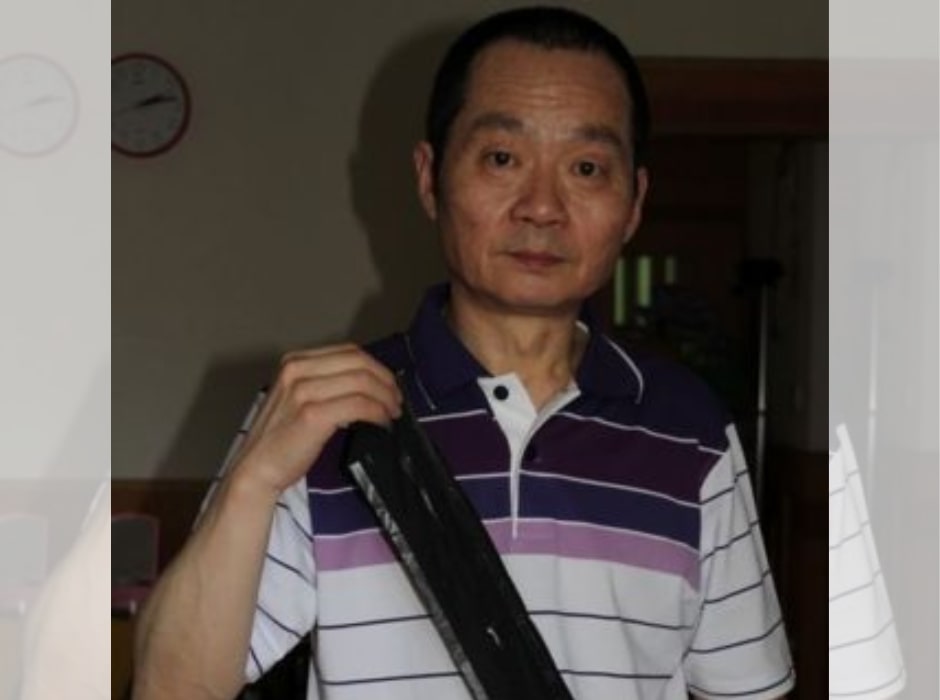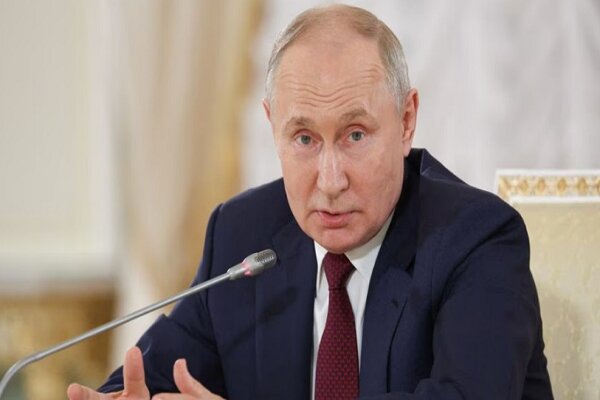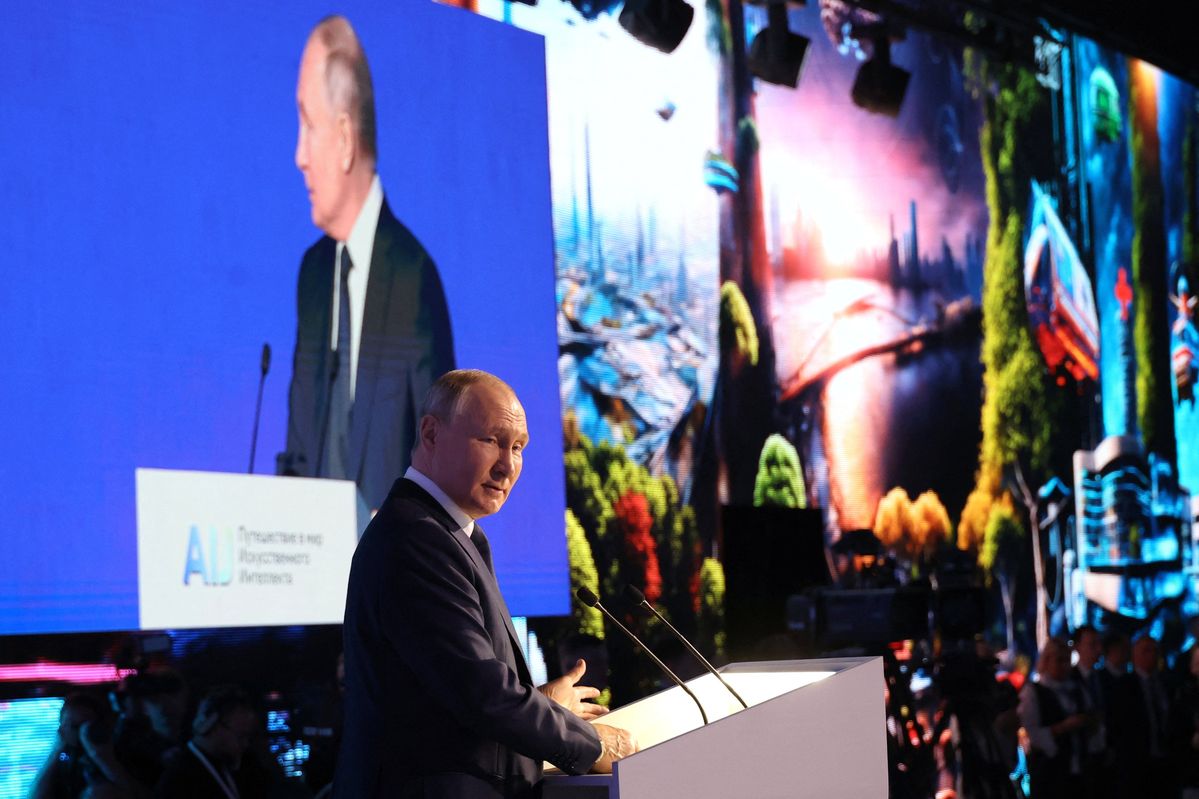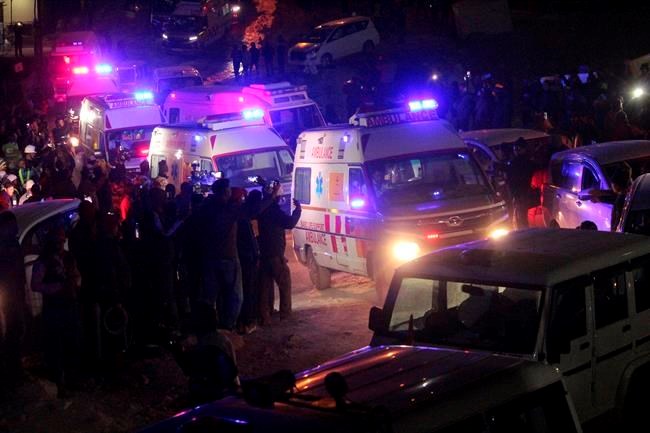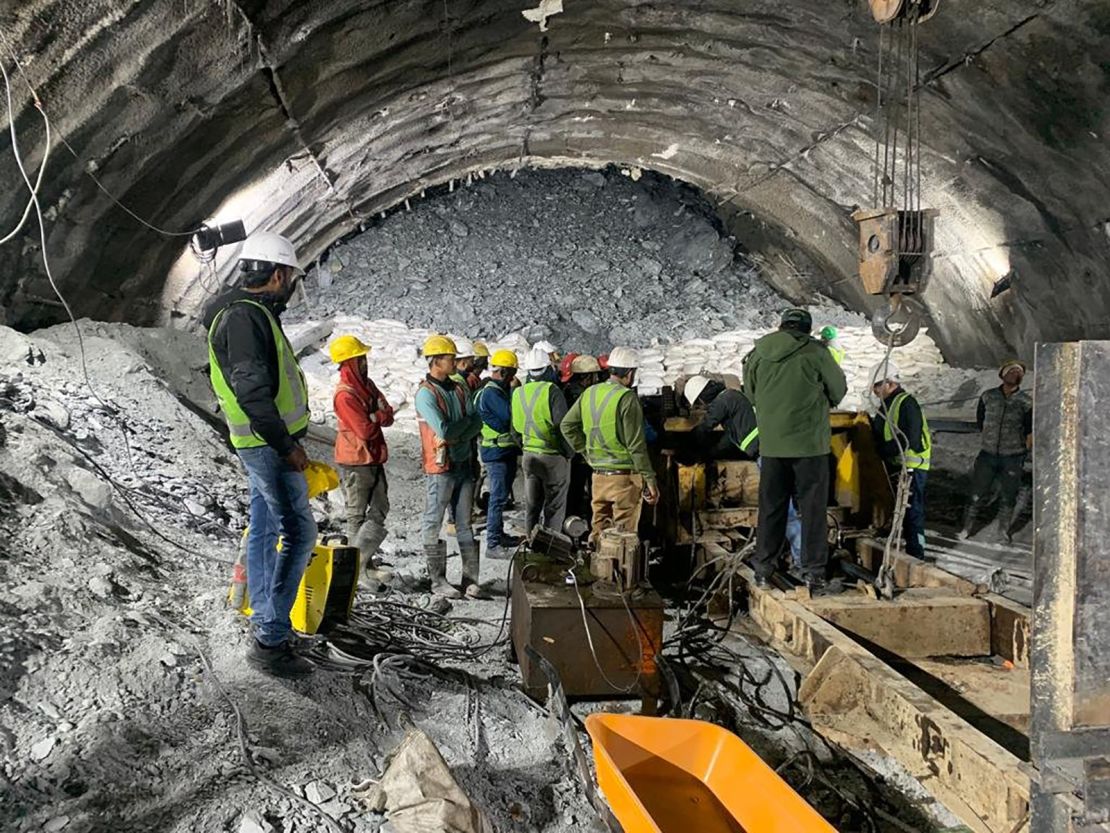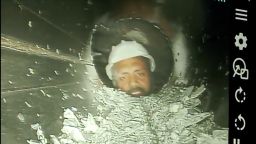Biden criticizes US companies for keeping raised prices high 'even as inflation has come down'
Associated Press
Nov 28, 2023,
President Biden criticized companies that have failed to bring prices down even as inflation eases.
He accused companies that take advantage of inflation to boost profits of price gouging.
The White House has blamed inflation on issues like supply chain disruptions and Russia's invasion of Ukraine.
President Joe Biden on Monday opened the first meeting of his supply chain resilience council by warning companies against price gouging and saying that his administration was working to lower costs for U.S. families.
"We know that prices are still too high for too many things, that times are still too tough for too many families," Biden said. "But we've made progress, but we have more work to do."
The president then issued a direct warning to companies: "Let me be clear: To any corporation that has not brought their prices back down — even as inflation has come down, even supply chains have been rebuilt — it's time to stop the price gouging — giving the American consumer a break."
The president has blamed inflation on issues such as supply chain disruptions and Russia's 2022 invasion of Ukraine, while Republican lawmakers say the run-up in prices was triggered by the $1.9 trillion in coronavirus relief that Democrat Biden signed into law in 2021.
Biden used the council meeting to announce 30 actions to improve access to medicine and needed economic data as well as other programs tied to the production and shipment of goods.
He said he was tackling "junk fees," hidden charges that companies sneak into bills just because they can and customers have no alternative.
The council follows an earlier task force that was meant to address the supply chain problems that partially fueled higher inflation in 2021 as the United States recovered from the coronavirus pandemic.
Inflation remains a sore point for Biden's approval ratings ahead of next year's presidential election. After the annualized increase in the consumer price index peaked at 9.1% in June 2022, inflation has eased to a moderate 3.2%. The slowdown has not so far improved U.S. adults' feelings about the economy.
Biden said GOP policies would leave supply chains vulnerable, claiming that Republicans want to cut investments he has made in infrastructure and advanced manufacturing. The president also said companies that are taking advantage of inflation to boost profits are "price gouging."
Among the 30 new actions, Biden will use the Defense Production Act to have the Health and Human Services Department invest in the domestic manufacturing of needed medicines that are deemed crucial for national security. The Cabinet agency has identified $35 million to invest in the production of materials for injectable medicines.
The federal government will also improve its ability to monitor supply chains through the sharing of data among agencies. The Commerce Department has developed new tools to assess risks to the supply chain and has partnered with the Energy Department on the supply of renewable energy resources. Shipping companies are beginning to use new data resources from the Transportation Department on freight logistics.
The supply chain group is co-chaired by Lael Brainard, the White House National Economic Council director, and Jake Sullivan, the White House national security adviser. Other members include heads of Cabinet departments, the U.S. trade representative, the chair of the White House Council of Economic Advisers and the directors of National

